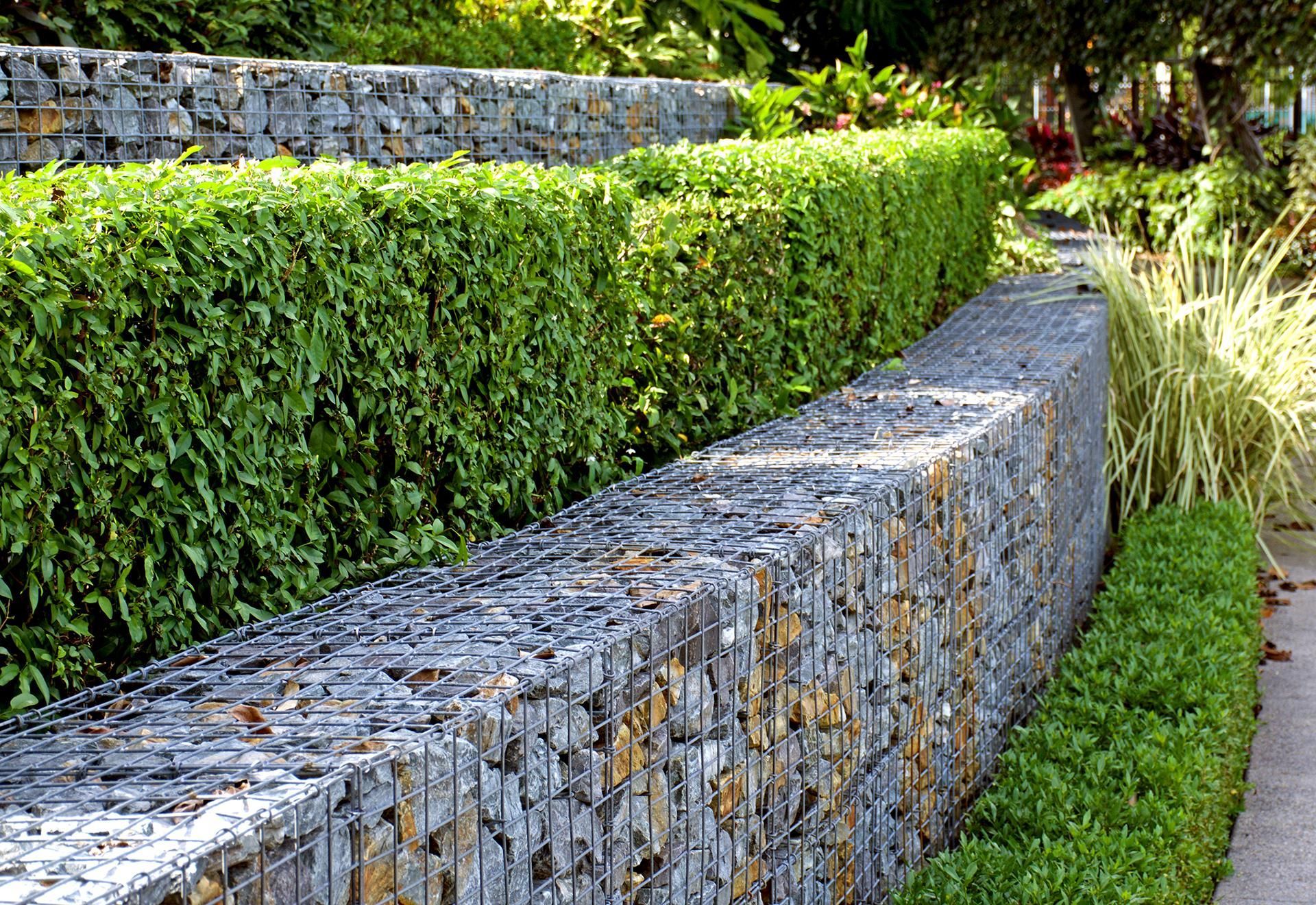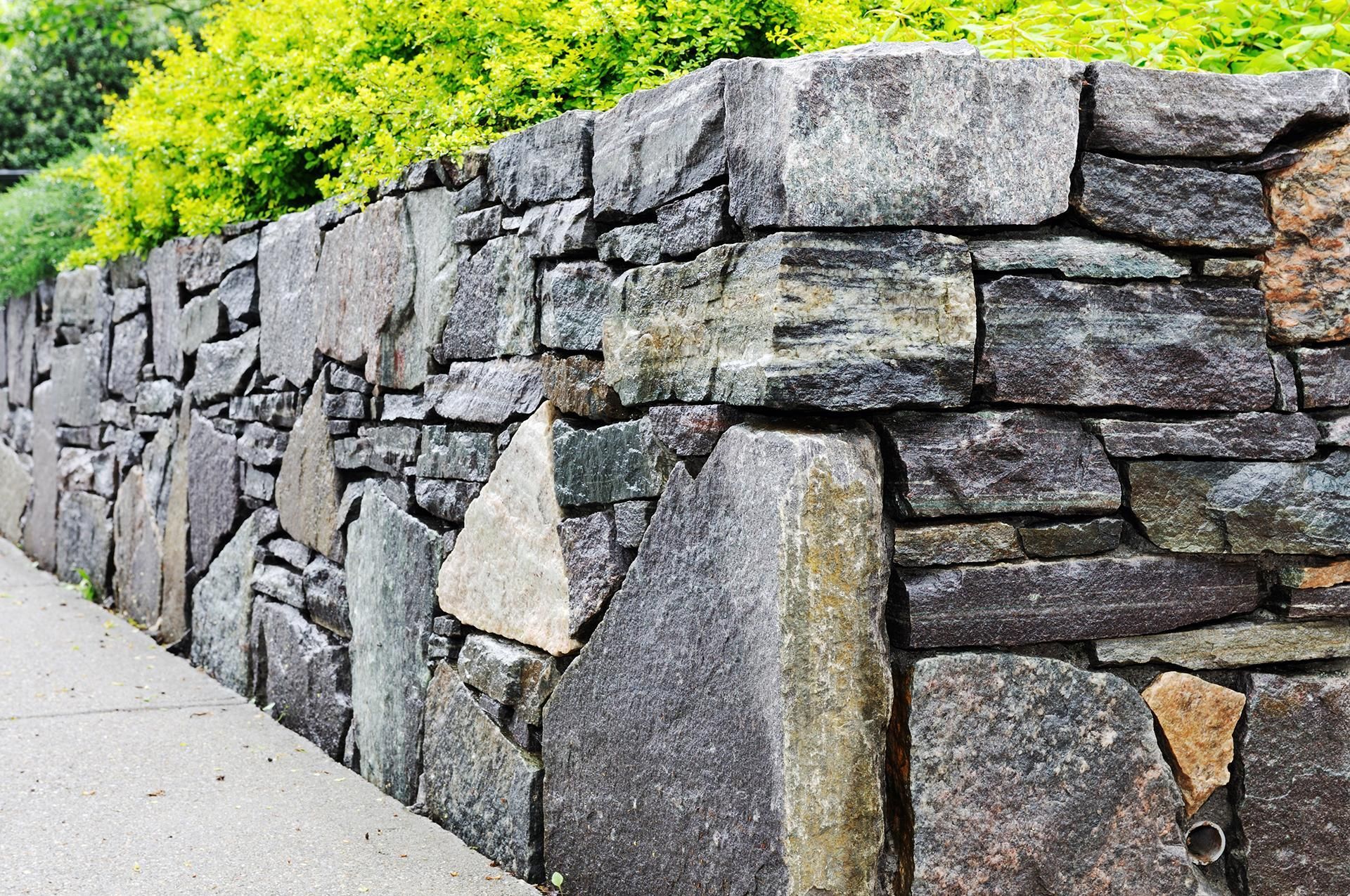Retaining Walls in Rochester NY
Local Retaining Wall Installers in Rochester, NY
At D R Excavation, we offer a variety of retaining wall installation services to the local area. Our retaining wall contractors have over 20 years of experience in the industry, and our team of experts is knowledgeable in all aspects of retaining wall installation.
We work with both commercial and residential clients, and we will work with you to find the best solution for your needs.
We offer a variety of services, including concrete retaining wall installation, wood retaining wall installation, and stone retaining wall installation.
We also offer a variety of other excavating services, such as
land clearing,
foundation excavation, and utility
trenching.
D R Excavation Rochester
1 Rundel Park Unit 1, Rochester, NY 14607
(585) 367-4898
Retaining Walls in Rochester, NY
At D R Excavation, we're a team of excavation contractors based in Rochester, NY.
We're passionate about the outdoors, and we love nothing more than working on retaining walls. We specialize in all aspects of excavation, from site preparation to final grading.
We're experienced in both residential and commercial projects, and we're dedicated to providing the highest quality of workmanship possible.
Whether you need a retaining wall for your home or business, we're confident that we can provide you with the perfect solution.
What We Offer
Our retaining wall service in revolves around four main points of focus: the size of the wall, the materials used, the location of the wall and the design elements of the wall. We understand that each project is unique and requires a different approach. That's why we take the time to consult with our clients and get a clear understanding of their needs before beginning any work. Our goal is to provide a high-quality product that will stand the test of time and withstand the elements.
Types of Retaining Walls
We build a variety of different types of retaining walls, like gravity walls, anchored walls and cantilevered walls. Gravity walls rely on their own weight to hold back the material they are supporting. Anchored walls are reinforced with cables or rods that are anchored into the ground. Cantilevered walls are supported by beams that extend from the wall into the ground. Each type of wall has its own advantages and disadvantages, so it's important to choose the right type of wall for your project.
Building Materials
In Rochester, NY, we build retaining walls with a variety of different types of materials. These include walls made of concrete, stone, wood, or even metal. Each type of wall has its own advantages and disadvantages. For example, concrete walls are very strong and durable, but they can be expensive to build. Stone walls are also quite strong, but they may not be suitable for all types of soils. Wood walls are usually the cheapest option, but they may not last as long as other types of retaining walls.
Who We Are
D R Excavation is a company in Rochester, NY made up of excavating contractors that care about our customers. We have the experience and equipment to handle any size excavation project.
Whether you need us to excavate for a new foundation or swimming pool, we will get the job done right.
We are also experienced in site work, sewer and water line installation, and grading.
No matter what your excavating needs are, we can help.
Licensed & Insured
At D R Excavation, we only work with licensed and insured retaining wall installation contractors. We believe that this is a benefit to our customers for several reasons.
First, it ensures that our contractors are held to the highest standards of quality and safety.
Second, it provides our customers with peace of mind knowing that they are protected in case of any accidents or damage during the installation process.
FAQ's About Retaining Walls
"We highly recommend their services to anyone looking for top-notch excavation work. Thank you, D R Excavation!"
- Susan Sherman
“Grateful to D R Excavation for the great job they did on our project. They were professional, and did a great job cleaning up afterwards. We couldn't have asked for more!"
- Ed Schultz
“They did an amazing job and we couldn't have done it without them."
- Gary @ Custom Dream Homes
Why Should You Work With Us?
20+
Years of Experience
300+
Successful Excavation Projects
35+
Trained Professionals - and Growing!
Contact Us Today For A Free Quote
Our company has years of experience in excavating all sorts of land, from small residential properties to large commercial ones. We have the equipment and manpower to get the job done quickly and efficiently. Contact us today to get started on your project!



